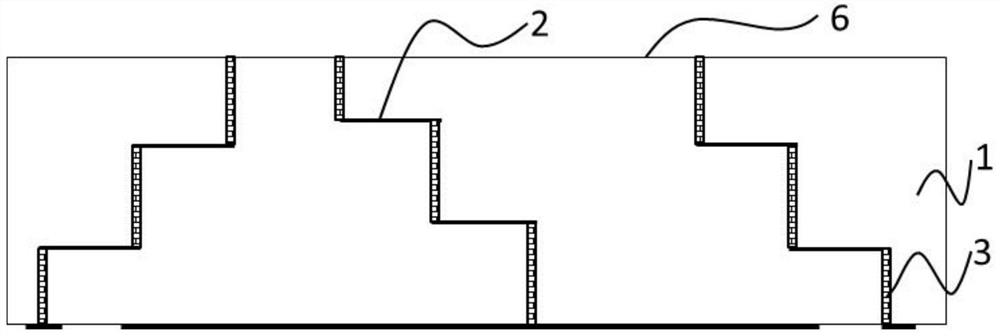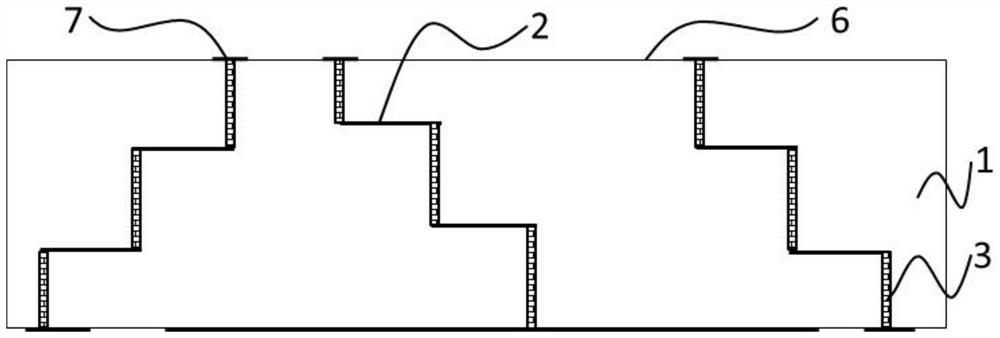Method for manufacturing high-precision fine lines on high-flatness surface of LTCC substrate
A production method and high-precision technology, applied in the fields of printed circuit manufacturing, cleaning/polishing of conductive patterns, secondary treatment of printed circuits, etc., can solve the problems of low adaptability of high-frequency LTCC materials, wire defects, and low yield. Achieve the effect of mature equipment and technology, high surface smoothness and small line fineness
- Summary
- Abstract
- Description
- Claims
- Application Information
AI Technical Summary
Problems solved by technology
Method used
Image
Examples
Embodiment Construction
[0028] The present invention will be further described below in conjunction with the accompanying drawings.
[0029] The present invention relates to the processing of LTCC circuit substrates, especially to make high-precision fine lines on the high flat surface of LTCC substrates to obtain high surface flatness, line fineness and line precision, so as to meet the requirements of high-density chip reverse assembly, support Fabrication of SIP high-density multi-function package.
[0030] The surface of the LTCC multi-layer circuit substrate is high-flat by grinding, the surface is made of high-precision fine lines by laser etching, and the slag on the edge of the conductor pattern is cleaned by high-temperature post-processing. The specific production process is as follows:
[0031] A method for manufacturing high-precision fine lines on a high-level surface of an LTCC substrate, comprising the following processes:
[0032] Step 1, smoothing the surface of the sintered multila...
PUM
| Property | Measurement | Unit |
|---|---|---|
| thickness | aaaaa | aaaaa |
| thickness | aaaaa | aaaaa |
| width | aaaaa | aaaaa |
Abstract
Description
Claims
Application Information
 Login to View More
Login to View More - R&D
- Intellectual Property
- Life Sciences
- Materials
- Tech Scout
- Unparalleled Data Quality
- Higher Quality Content
- 60% Fewer Hallucinations
Browse by: Latest US Patents, China's latest patents, Technical Efficacy Thesaurus, Application Domain, Technology Topic, Popular Technical Reports.
© 2025 PatSnap. All rights reserved.Legal|Privacy policy|Modern Slavery Act Transparency Statement|Sitemap|About US| Contact US: help@patsnap.com



